Q Hi, my girlfriend really likes oval diamonds. What I would like to know is how to get a decent one? I’m looking at Blue Nile so any help would be hugely appreciated. She’s mentioned wanting it to be white (as in not yellowish), but I don’t want to overpay for a color grade unnecessarily. I was looking at D first but I’m hoping F will be ok. What do you think? – Alain K
A Thanks for sending in your question. Oval cuts have been quite a popular shape. Not only is it many people’s favorite shape, it’s a shape that is usually more affordable than round brilliant. Yes, it is easier on the pocketbook but you may have noticed that choosing an oval cut is not as straight forward nor is there as much information to aid with your choice as there is when choosing a round brilliant. For one, there’s no cut grade mentioned on a GIA diamond grading report issued for oval cut diamonds. Another thing you will notice immediately when looking at ovals online at Blue Nile for example is that ovals do show their color more than round brilliants. F or higher is required if you want one of the “colorless” grades.
Let’s begin by getting to know the oval. After that we I’ll go over what to look for when choosing an oval.
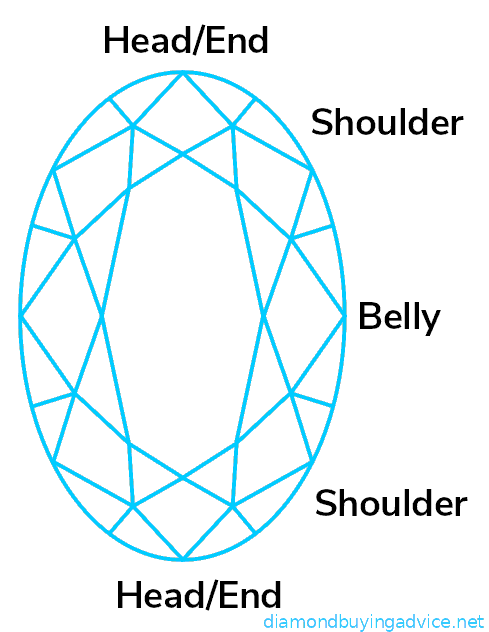
Anatomy of an Oval Diamond
An oval diamond is a fancy shape. You can think of it as a round brilliant diamond stretched on its sides, or a rounded version of a cushion shape or cushion brilliant. To pick a beautiful oval diamond, you need to know its parts.
Head or end are the way we refer to the “tips” of an oval.
The shoulder is the curved area reaching from the head or end to the belly.
The belly is the central area where the sides curve out the most.
Facet Arrangement
You’ll mostly find that oval diamonds are cut in a style known as the “brilliant faceting” style. This means that the diamond has 57 or 58 facets, just as you would find in a standard round brilliant. So it looks a lot like a round brilliant in some ways. There are a few different ways the facets can be arranged in oval cut diamonds. The most common facet arrangement is where you have eight bezel facets on the crown and eight main facets on the pavilion. This arrangement works well to produce excellent brilliance and scintillation.
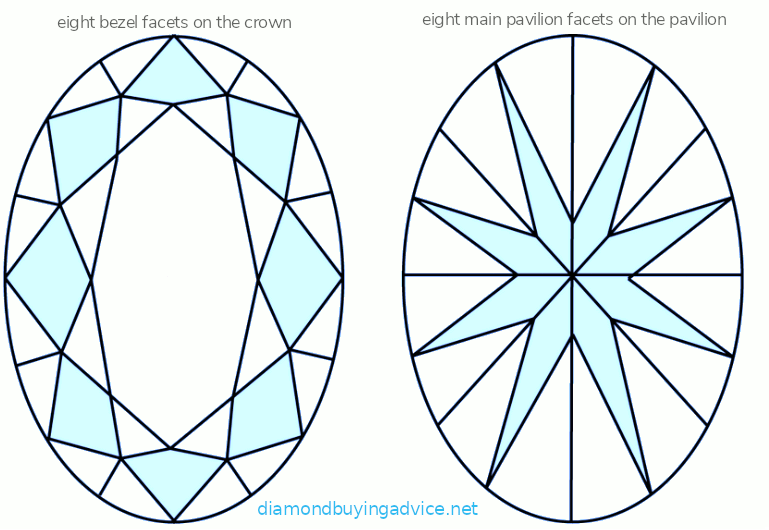
What to Look for when Choosing an Oval Cut Diamond
There are definite benefits to be had from buying an oval cut diamond: Since the oval diamond has a larger surface area than a round diamond of equal carat weight, it can appear larger to the eye. The oval shape can make the finger seem longer. And because the shape doesn’t have sharp angles or corners, an oval diamond is less prone to chipping compared to other fancy shapes.
Recommended Clarity For Oval Cut Diamonds
My primary motivation is to help you buy a diamond that you will be happy with. I’ve seen too many cases where someone thought they would save a few dollars by getting a Slightly Included diamond only to regret their decision. You are already saving money by buying online, so don’t ruin it by skimping out on one of the key factors that contributes to a diamond’s beauty! Clarity! Start with VS2 and then if you don’t find the size or color you want in the selection you are presented with then increase the clarity. That means go to VS1, and then VVS2. Yes VVS1 is usually overkill, but I think you’d rather have a beautiful stone that has value, then a stone you feel like taking a steel brush to every time you look at it! Even if you can’t see the inclusions in an SI1 or SI2 diamond it has a low clarity grade for a reason! It could be clouds, it could be tiny fractures, elegantly described on the diamond’s grading report as “twinning wisps” or the innocuous sounding “feathers”.
VS2 and above clarity is my recommendation, though it’s not impossible to find an eye-clean diamond with lower clarity than that.
Length-to-Width Ratio
When looking at oval diamonds you have a number of length to width ratios to choose from. You may like a longer oval shape or you may prefer a chunkier oval. Very long ovals aren’t very common. At least not among natural diamonds. This is because it is not practical to cut overly long oval diamonds from the rough, so don’t be surprised if you don’t come across that many ovals with a length to width ratio of 1.7:1 or greater. You will find typical ovals have ratios between 1.3:1 and 1.4:1.
Symmetry
Symmetry is an important element contributing to the beauty and attractiveness of an oval cut diamond. Checking whether an oval diamond is symmetrical is very simple. Just trace an imaginary line down its center. The shape and faceting of the two halves should each be the same as each other. Do the same the other way, tracing an imaginary line across the middle of the oval. Do both sides look the same or is one part oddly misshapen?
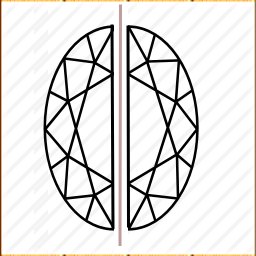
Check for symmetry
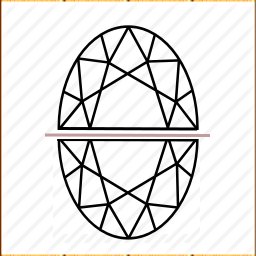
Do both halves look the same?
How Does It Shape Up?
Oval diamonds: “Good” and “Bad” Shapes
An oval diamond can have a graceful outline and harmoniously proportioned parts or look lopsided. To find one that’s attractive to you, it’s worth comparing a shortlist of different oval diamonds. Here are some of the different shapes you may come across.
Which of these variations looks good to you?
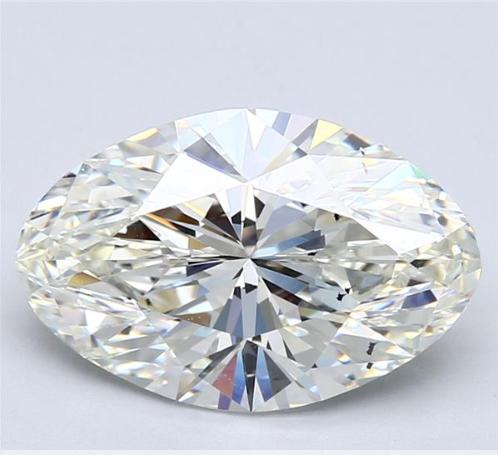
𐄂 This diamond has an unusual shape with more pointed ends, though one more so than the other.
But don’t assume this makes it cheap. Weight trumps symmetry. It is over 5 cts and is priced over US $69,000.
View this diamond from all sides here.
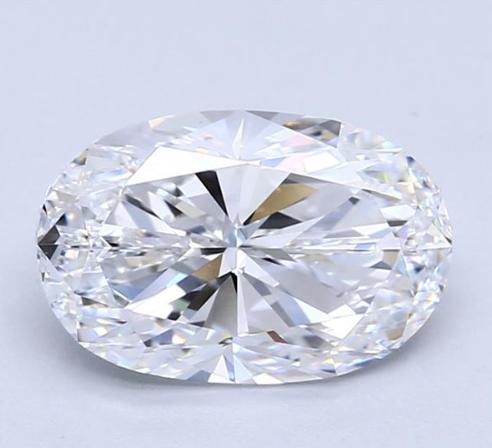
𐄂 This one has an unusual asymmetrical shape. It has bulging shoulders. One side is short.
View this diamond from all sides here.
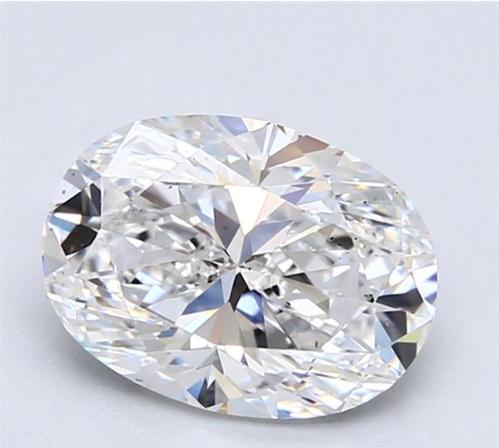
𐄂 This one has also has bulging shoulders.
View this diamond from all sides here.
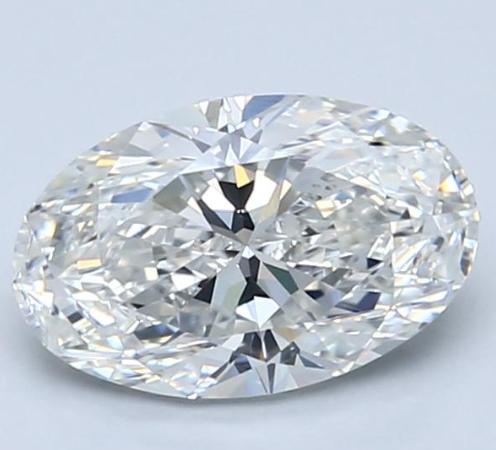
𐄂 This one has an irregular shape with one bulging shoulder.
View this diamond from all sides here.
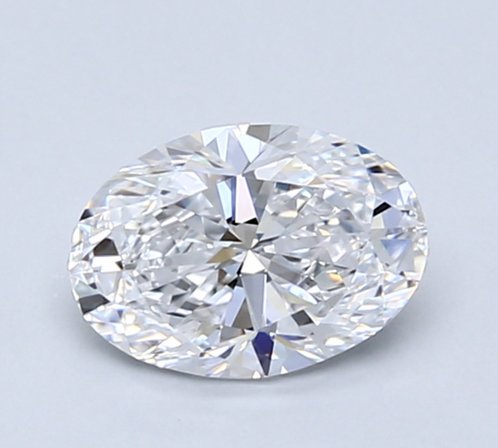
🗸 This diamond has excellent symmetry and beautiful gradual curves.
This oval cut has no shoulder bulge. Its overall symmetry and well-proportioned shape contribute to its visual appeal.
View this diamond from all sides here.
Girdle Thickness
The girdle is part that runs around the stone. It is the area between the diamond’s crown and pavilion. It defines the perimeter of the diamond and is where a setting holds a diamond in place. Girdle thickness is judged the same way in fancy shapes as in rounds. Be sure to look at the diamond’s proportion diagram which is shown on the diamond’s grading report. The diagram will show the stone’s average girdle thickness percentage. Ideally you don’t want the girdle to be too thin nor too thick. If it is very thick then the diamond is hiding weight. This contributes to a heavier diamond than its face-up appearance warrants. On the other hand a thin girdle can increase the risk of damage such as chipping. 3% to 4.5% is a good range for the girdle.
Bow-tie Effect
Expect all oval cuts to produce some degree of a bow tie. A “bow tie effect” in diamond-speak is a dark bow-tie shape that shows across the table of the diamond.
What causes a bow tie? You do! It is a reflection of the absence of light coming from where the viewer is situated.
A diamond’s facets act like a series of mirrors that gather light from around you and return it to your eye. As you look at the stone, the dark contrast you see is a reflection of your head and shoulders blocking light from entering the diamond. The closer your face is to the diamond, the more pronounced the bow tie will be.
If the diamond is cut well, the bow tie will be minimal, but once you are in front of the diamond, there will always be some measure of a bow tie.
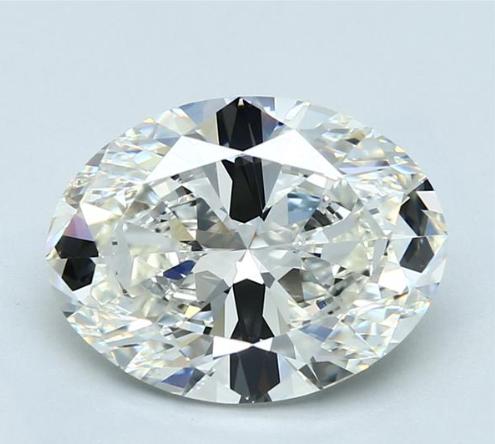
This bow-tie is hard to miss.
Every oval will produce a bow-tie effect to varying degrees. This one has a pronounced bow-tie. This may or may not be to your liking.
View this diamond from all sides here.
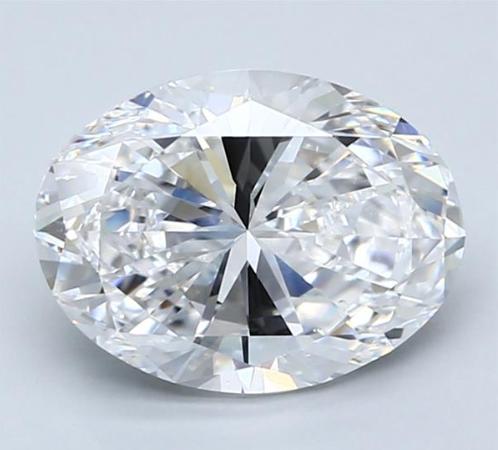
All dressed up and ready to party.
This guy is looking pretty dapper with his stylish bow-tie.
View this diamond from all sides here.
An oval diamond is a beautiful, elegant and lovely option for an engagement ring.
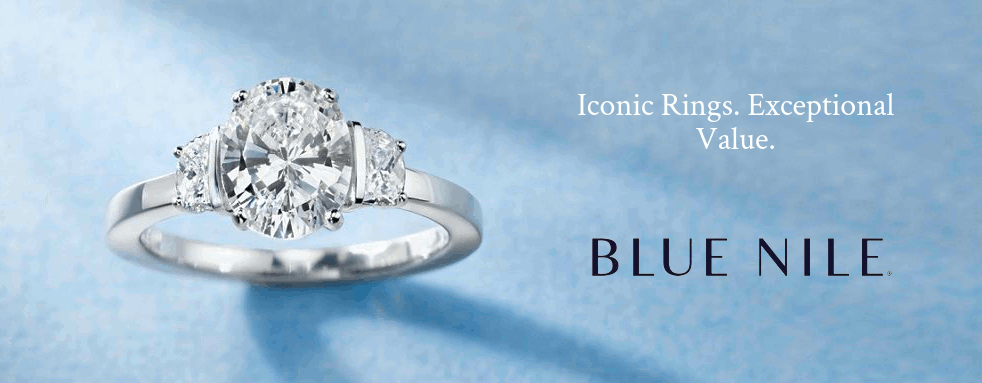
Send in your question
If you are seeking to buy an oval you are welcome to send in any questions you may have.
As an affiliate of the some of the world’s finest jewelers I am motivated to find the right purchase that is perfect just for you. Every person has specific needs and every jeweler has specific areas in which they excel.

Thomas J Stevens GIA DG CSG

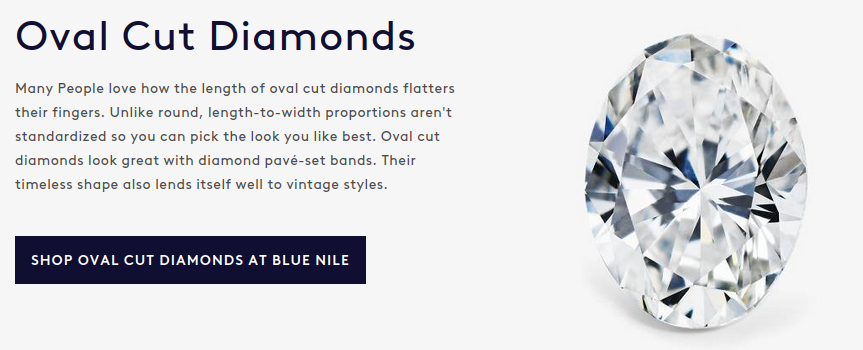
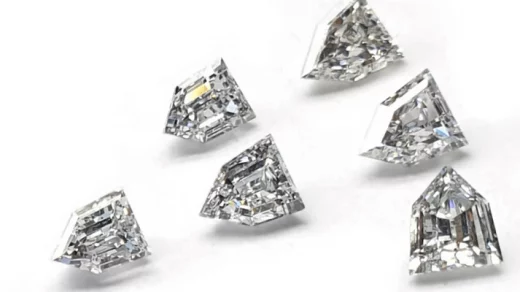
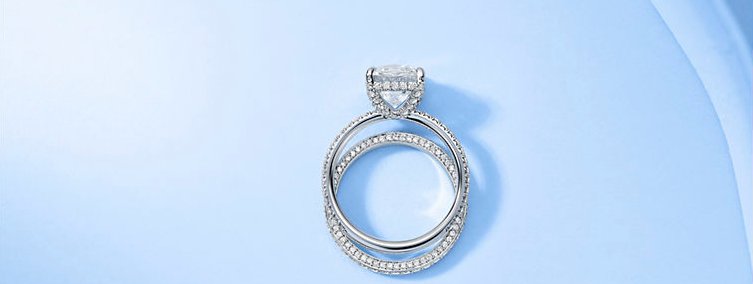

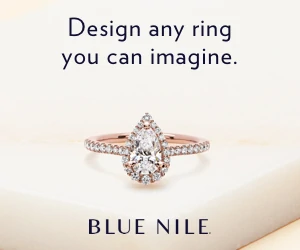
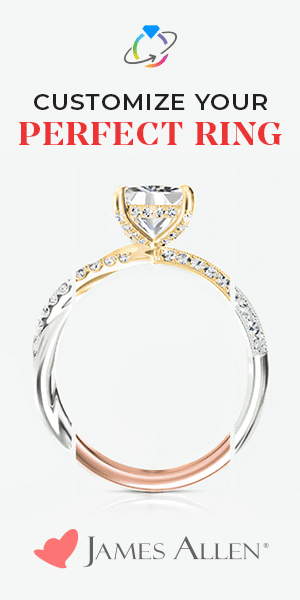
1 Response
[…] on social media, I know this from experience. I’m frequently asked to help someone choose an ideal oval cut diamond. Understandably. It’s a beautiful but tricky shape to get just […]